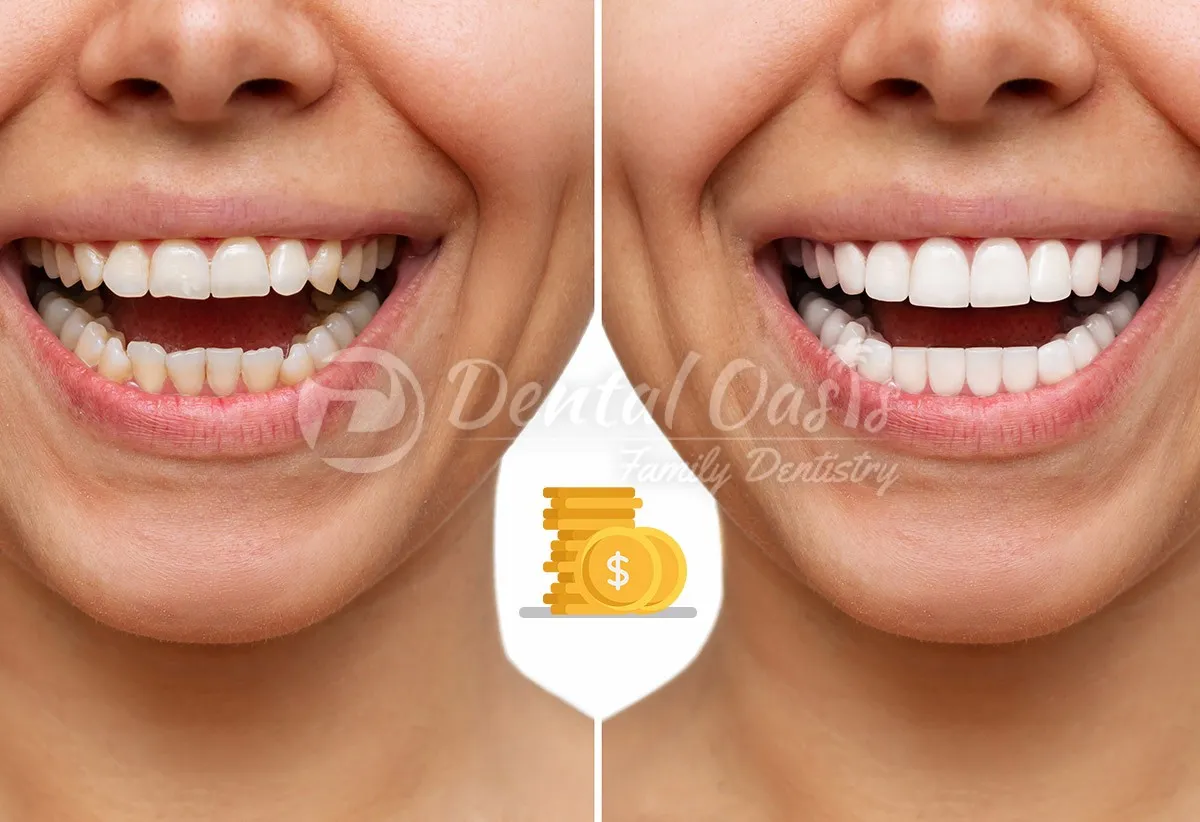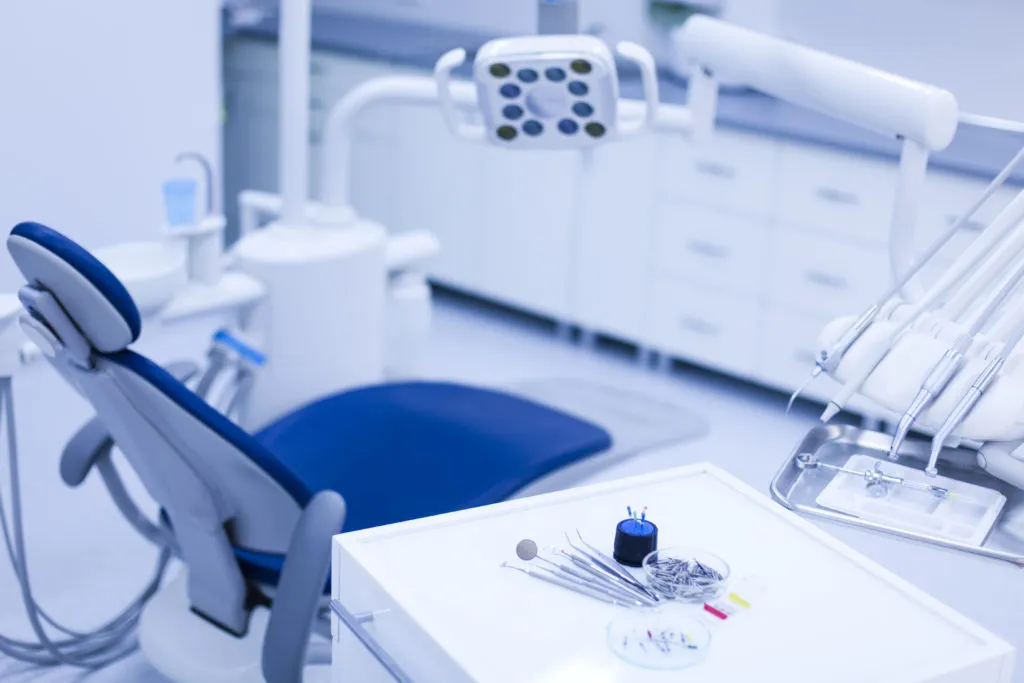What is an HSA?
A Health Savings Account, or HSA, is a tax-advantaged savings account available to individuals enrolled in a High Deductible Health Plan (HDHP). HSAs are designed to help individuals save for healthcare expenses. The primary benefits of an HSA include tax deductions for contributions, tax-free growth of funds, and tax-free withdrawals for qualified medical expenses. This combination makes HSAs a powerful tool for managing healthcare costs. Unlike flexible spending accounts (FSAs), the money in an HSA rolls over year after year, providing a long-term savings solution. This feature allows you to build a balance over time, which can be particularly useful for planning for future healthcare needs, including dental procedures such as teeth whitening. Understanding the basics of an HSA is crucial for determining how it can be used effectively for various healthcare services and products.
How HSA Works?
HSAs operate on a simple yet effective principle contributions, investment, and withdrawals. You, your employer, or both can contribute to your HSA up to the annual contribution limit set by the IRS. These contributions are tax-deductible, which means they reduce your taxable income. The money in your HSA can then be invested in various options, such as mutual funds, stocks, and bonds, allowing it to grow over time. When you incur qualified medical expenses, you can withdraw money from your HSA tax-free to pay for them. This includes a wide range of expenses, from doctor’s visits and prescription drugs to dental care. The flexibility and tax advantages make HSAs a valuable financial tool for managing healthcare costs. It’s important to keep records of your medical expenses to substantiate any withdrawals, as the IRS may require documentation to ensure the funds were used for qualified purposes. The earnings from investments within the HSA are also tax-free, enhancing the potential for long-term growth.
Eligibility Criteria for HSA

To be eligible for an HSA, you must meet specific criteria. First and foremost, you must be enrolled in a High Deductible Health Plan (HDHP). An HDHP is a health insurance plan with a higher deductible than traditional health plans and typically lower premiums. You cannot be claimed as a dependent on someone else’s tax return. You must not be enrolled in Medicare or have any other health coverage that is not an HDHP. Additionally, you cannot have a general purpose Flexible Spending Account (FSA) or participate in a Health Reimbursement Arrangement (HRA). Understanding these eligibility requirements is essential to ensure you can open and contribute to an HSA. Failing to meet these criteria can result in tax penalties. It’s always a good idea to check with your health insurance provider and a tax advisor to confirm your eligibility and maximize your HSA benefits.
What Expenses are Covered by HSA?
HSAs cover a wide range of qualified medical expenses as defined by the IRS. This includes doctor’s visits, hospital stays, prescription drugs, and over-the-counter medications with a prescription. Dental care, including routine check-ups, fillings, and other procedures, is also typically covered. Vision care, such as eye exams, glasses, and contact lenses, is another common expense that can be paid with HSA funds. In addition to these, many other healthcare-related items are eligible, such as mental health services, physical therapy, and chiropractic care. The key is that the expense must be primarily for the diagnosis, cure, mitigation, treatment, or prevention of disease. Cosmetic procedures are often not covered unless they are deemed medically necessary. It’s always a good practice to review the IRS guidelines and consult with your healthcare provider or tax advisor to clarify whether a specific expense qualifies.
Can You Use HSA for Teeth Whitening?
The answer to whether you can use your HSA for teeth whitening is often nuanced. Generally, teeth whitening is considered a cosmetic procedure, and as such, it is not typically covered by HSAs. Cosmetic procedures are those primarily intended to improve appearance rather than treat a medical condition. However, there can be exceptions. If the teeth whitening is deemed medically necessary by a dental professional, such as in cases where it is used to treat discoloration due to a medical condition or a specific treatment, it might be eligible for HSA reimbursement. In most cases, however, over-the-counter teeth whitening products and professional treatments solely for aesthetic purposes are not covered. It is crucial to understand these guidelines to avoid any potential tax penalties for misusing HSA funds. Always keep records of your expenses and consult with your dentist and tax advisor for clarification.
IRS Guidelines on Teeth Whitening and HSAs

The IRS provides specific guidance on what constitutes a qualified medical expense for HSAs. According to the IRS, expenses must be primarily for the diagnosis, cure, mitigation, treatment, or prevention of disease, or for the purpose of affecting any structure or function of the body. Cosmetic procedures are generally excluded unless they are necessary to treat a medical condition or are performed to improve a deformity arising from an injury or disease. This distinction is key when determining whether teeth whitening is an eligible expense. It’s important to consult IRS Publication 502, Medical and Dental Expenses, for detailed information and examples. Maintaining proper documentation, such as receipts and a written statement from your dentist explaining the medical necessity of the procedure, is essential if you believe your teeth whitening qualifies. Failure to adhere to IRS guidelines can result in the denial of tax benefits and potential penalties.
Alternatives to Using HSA for Teeth Whitening
If your teeth whitening procedure is not eligible for HSA reimbursement, there are alternative ways to finance it. One option is to pay out-of-pocket. Another option is to use a credit card. Many dental offices offer payment plans, allowing you to spread the cost over time. You could also explore financing options through healthcare credit cards. These cards are specifically designed for medical expenses and often come with promotional financing offers. Additionally, you can consider saving up in a separate savings account dedicated to cosmetic procedures. Before deciding, always compare the terms and conditions of each financing option, including interest rates and repayment schedules, to choose the best fit for your financial situation. Consider the overall cost and whether the benefits outweigh the financial commitment.
Maximizing Your HSA Benefits for Dental Care
Even if teeth whitening isn’t covered, you can still maximize your HSA benefits for other dental care needs. Use your HSA funds for routine dental check-ups, cleanings, fillings, and other necessary procedures. Remember to contribute the maximum allowed amount to your HSA each year to take full advantage of the tax benefits. Invest your HSA funds wisely to allow them to grow over time. Keep detailed records of all your healthcare expenses to ensure you can substantiate any withdrawals. Plan ahead and budget for potential dental expenses. Compare dental providers and treatment costs to make informed decisions. Furthermore, always stay informed about changes in HSA regulations and IRS guidelines. By strategically using your HSA, you can significantly reduce your out-of-pocket healthcare costs, including those related to dental care. Remember to prioritize preventive care to maintain good oral health and minimize future expenses.
In conclusion, while teeth whitening is generally not covered by HSAs as it is considered a cosmetic procedure, understanding the specifics of HSA eligibility, IRS guidelines, and alternative financing options is crucial. By being informed, you can make smart decisions about your dental care expenses and maximize the benefits of your health savings account.
